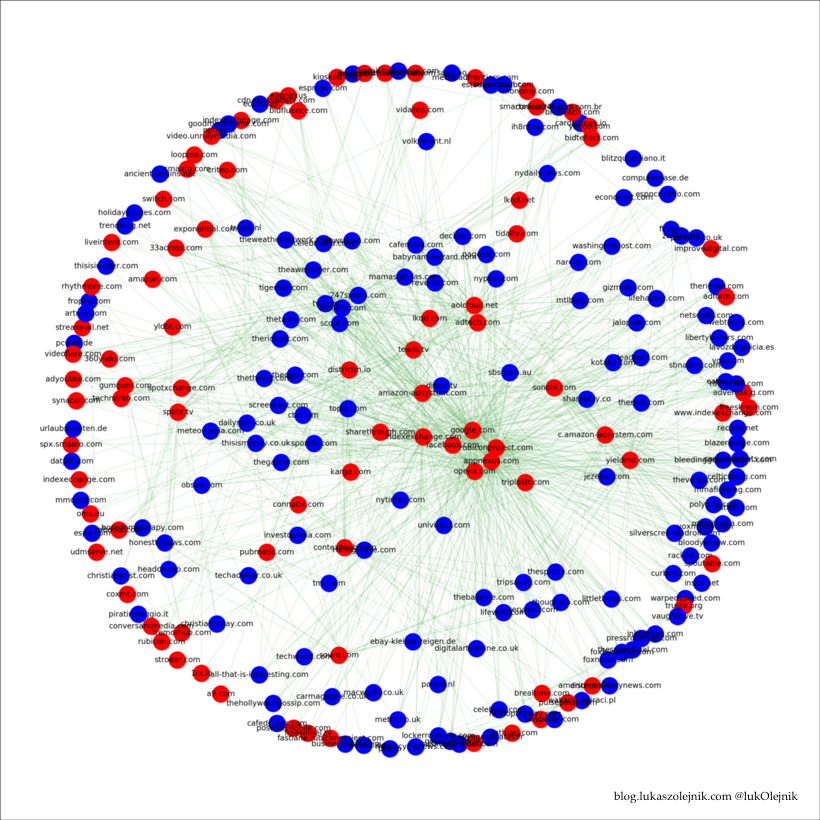Recently I wrote about the new IAB (ad industry) initiative meaning to fight fraud in programmatic advertising. You can find my previous post here. As the ads.txt standard shows which Ads Exchanges are brokering ads space (somewhat related with exchange of user data), I explored the options of using the new standard in the field of user transparency.
I’m interested in privacy and transparency engineering. Hence, I thought it's worthwhile to continue the study. So I did a slightly expanded one.
Setting
I have slightly changed the measurement setup.
- I‘ve increased the number of studied websites from 10,000 to 50,000
- I‘ve made the backend more professional, with a dedicated handy privacy measurement device
Results
Highlights of the new results are as follows.
- Found 87 ad exchange hosts. More than the last time, and much more during my RTB studies from 2013 and 2014
- Found much more sites using ads.txt than previously: 149 (101 a week ago with 50k sites, 26 two weeks ago with 10k sites). The standard is more popular than thought before, although still rather rarely in use

- The configuration tends to change (even on a weekly basis), for example site of “The Economist“ has included new entries and removed others (which appeared to me as incorrect). I found such corrections in other sites as well. This point again shows that although the specification is pretty simple, it might not be unambiguous or clear to all.
- Some sites removed ads.txt (some then reverted it back)
- The maximum number of entries in ads.txt is 105 (tvguide.com); for comparison - Financial Times has two, Washington Post has 11.
The updated flow graph is now significantly larger than previously.

Summary
The use of ads.txt is evolving quickly, but it’s still its early days. Its intention is to prevent fraud, but I’m not devoting my attention on this main and intended use case.
I’ll continue keeping an eye on ads.txt and its use. I’m still exploring how those could be used to engineer user transparency.